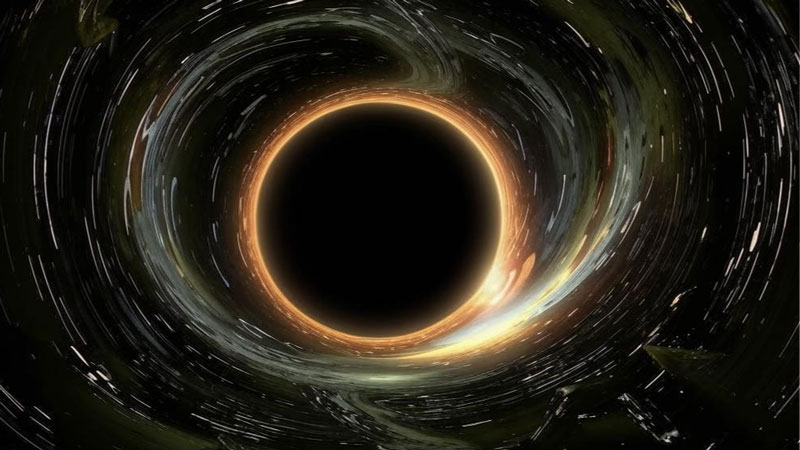A team of scientists from Pennsylvania State University conducted a global analysis of the growth dynamics of supermassive black holes. The data was taken from X-ray observatory readings and simulations. The work allowed us to track how supermassive black holes gained approximately 90% of their mass over the past 12 billion years. The set of the initial 10% of mass remained a mystery from the early days of the Universe, which has yet to be solved.

Image source: AI generation Kandinsky 3.0/3DNews
Supermassive black holes (SMBs) with masses greater than one million solar masses primarily grow through two processes: accretion of matter (falling into the black hole) and mergers with other black holes. The rate and intensity of accretion, which predictably increases the mass of SBLs, can be directly inferred from the intensity of X-ray emission from these objects. The heated gas in the inner zone of the accretion disk also reaches the poles of the black hole, where its energy splashes out along with the stream of matter (in the jet). In X-rays, all this is perfectly displayed and measured by space X-ray observatories. It is not difficult to calculate the rate of mass gain from these data, and on average it is one solar mass per year.
Black hole mergers are a more complex process for measuring the power dynamics of SBLs. But scientists have observations of what usually happens during mergers of two or more galaxies with black hole holes in the centers of each of them. If statistics are included in the calculations, then the modeling will give a more or less accurate estimate of the growth of NPV from merger processes. According to the data obtained, this process corresponds to an increase in the mass of the SBL by one solar mass every few decades.
The described processes of mass gain by supermassive black holes explain the gain of only 90% of the mass of each of them, which has occurred over the past 12 billion years. For the remaining 1.8 billion years after the Big Bang, we have no data on how future SBSs were able to gain 10% of their mass. This remains to be seen, which, for example, the James Webb infrared observatory is now helping to understand. It is also interesting to note that SSDs stopped growing approximately 8 billion years ago. It seems that the gas necessary to power them had been largely absorbed by that time, and the fusion processes had slowed down due to the expanding Universe.